Camera cooling dramatically improves your dark frame quality by reducing thermal noise that plagues long-exposure astrophotography. When you cool your sensor to temperatures as low as -5°C to -10°C, you’ll capture cleaner dark frames with fewer hot pixels and lower read noise. This means more accurate calibration during post-processing and ultimately better final images. Effective dark frame libraries at consistent temperatures can cut noise by up to 50%, making those faint celestial objects truly shine through.
Why Camera Cooling Matters For Dark Frame Images
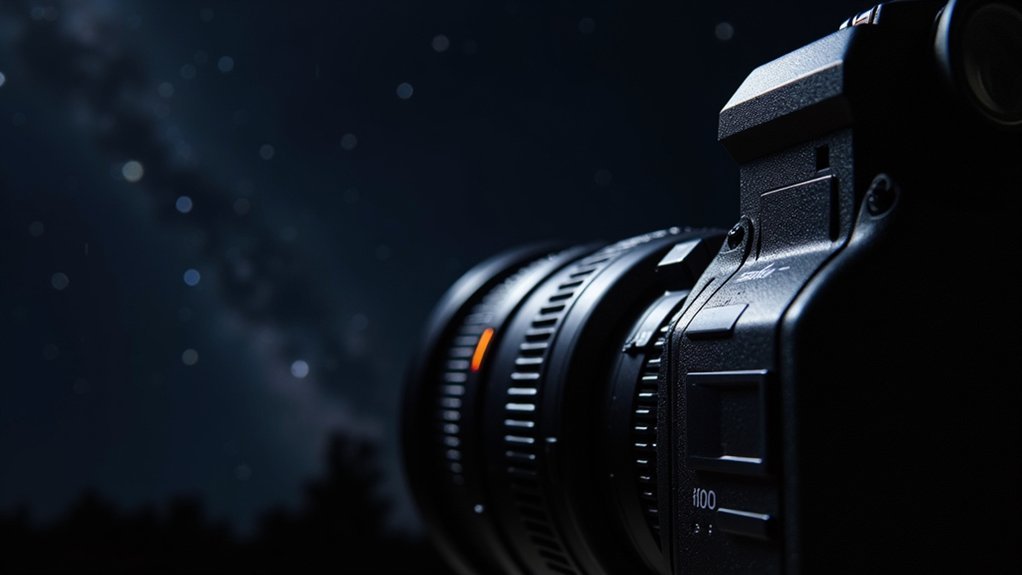
When capturing long-exposure astrophotography images, your camera sensor generates thermal noise that can greatly degrade image quality. This is where cooling becomes essential. By reducing your sensor’s temperature to levels as low as -5°C, you’ll considerably minimize read noise, resulting in cleaner dark frames taken for calibration.
Even with a cooled camera, you’ll still need dark frames to address remaining thermal artifacts and fixed hot pixels. Many astrophotographers maintain libraries of dark frames at various temperatures and exposure settings, allowing for efficient reuse across different imaging sessions.
For ideal results, maintain consistent temperature conditions during dark frame capture. The more precisely you match your calibration frames to your imaging conditions, the more effectively you’ll remove unwanted signals from your final astrophotographs.
The Science Behind Thermal Noise in Astrophotography
Understanding thermal noise requires examining what happens at the quantum level inside your camera sensor.
When you’re capturing those faint celestial objects, your sensor generates unwanted electrons due to heat—not just from incoming light. This thermal noise becomes particularly problematic during the long exposures needed for astrophotography.
As your sensor’s temperature rises, electron generation accelerates, considerably increasing read noise in your images. This is why cooling technology makes such a dramatic difference.
Cooled cameras with peltier elements can reach temperatures as low as -10°C, cutting thermal noise by approximately 50% compared to uncooled cameras operating at ambient temperature.
When you take dark frames with cooled cameras, you’re capturing a more accurate noise profile that can be subtracted from your light frames, resulting in cleaner, more detailed astronomical images.
How Temperature Affects Signal-to-Noise Ratio in Dark Frames
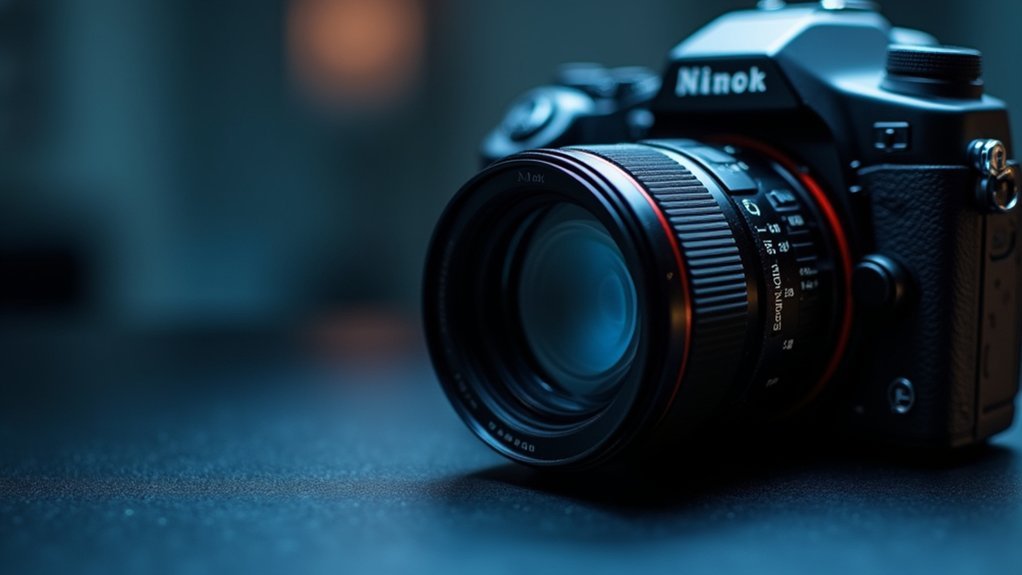
Temperature stands as the primary factor influencing signal-to-noise ratio (SNR) in dark frame images. When you cool your camera, you’re directly reducing thermal noise, which greatly improves your image quality.
Achieving a temperature difference of about 35°C (reaching approximately -10°C in 25°C ambient conditions) can dramatically enhance your results, as demonstrated in cameras like the ASI533.
Your dark frames become more effective at noise cancellation when captured at lower, consistent temperatures. Modern cooled cameras produce cleaner images with better detail by minimizing both read noise and thermal noise compared to uncooled models.
For ideal SNR in astrophotography, you’ll want to regularly refresh your dark frame library at stable, cooler temperatures, as sensor characteristics evolve over time.
Comparing Cooled vs. Uncooled Camera Performance
The difference between cooled and uncooled cameras becomes immediately apparent in the quality of astrophotography images they produce. When you’re capturing long exposures, cooled cameras like the ASI533 operate at temperatures as low as -10°C, dramatically reducing thermal noise compared to cameras at ambient temperature.
You’ll notice uncooled cameras generate more read noise and thermal fluctuations, forcing you to rely heavily on dark frames for noise reduction. This difference is especially pronounced during extended imaging sessions, where cooled cameras maintain consistent performance while uncooled models deteriorate.
Users of cooled cameras consistently report fewer hot pixels and cleaner overall images. This stability leads to better signal-to-noise ratios and less post-processing work.
If you’re serious about astrophotography, the benefits of cooled cameras justify their additional cost.
Temperature Regulation Systems for Amateur Astronomy
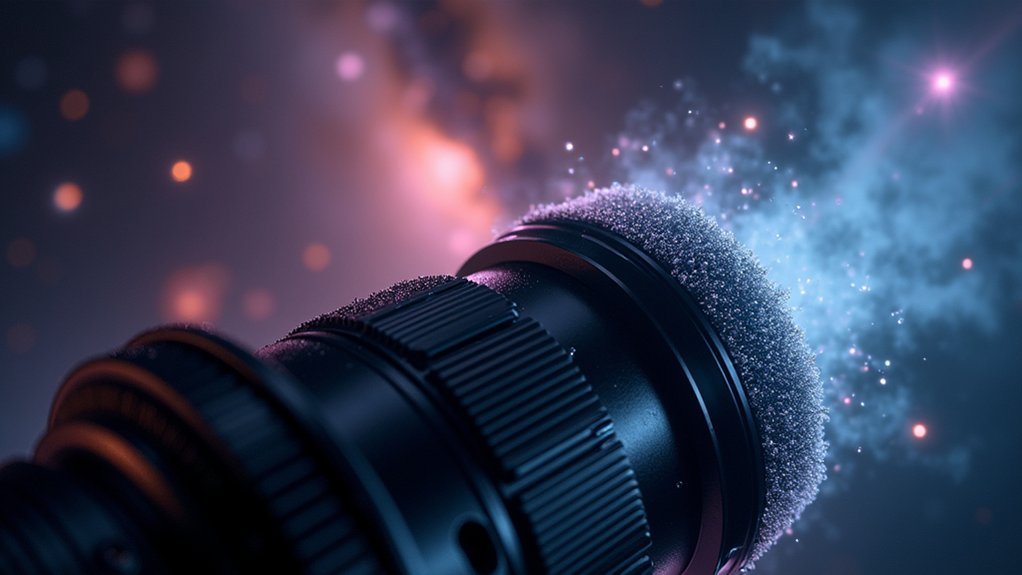
While professional observatories invest in liquid nitrogen cooling systems, amateur astronomers rely on Peltier-based temperature regulation for their imaging setups.
These thermoelectric elements create temperature differentials that can cool your camera sensor well below ambient conditions—cameras like the ASI533 can reach -10°C when ambient temperature is 25°C.
You’ll need to maintain stable temperatures for effective dark calibration. Any fluctuations impact image quality and require updating your dark frame libraries.
Most astrophotographers create multiple dark frame sets corresponding to different temperatures, ensuring proper calibration year-round regardless of seasonal changes.
Beyond improving image quality by reducing thermal noise, proper temperature management extends your camera’s lifespan by minimizing thermal stress during operation.
The investment in cooling technology pays dividends in both image quality and equipment longevity.
Optimal Cooling Targets for Different Camera Sensors
You’ll find that different camera sensors have specific temperature thresholds where cooling delivers maximum noise reduction benefits—typically between -10°C and -20°C for most astronomical cameras.
Your cooling performance will vary by model, with cameras like the ASI533 reaching approximately -10°C in standard ambient conditions, while more advanced systems can achieve even lower temperatures.
When selecting your ideal cooling target, consider both your sensor type and seasonal ambient temperature changes, as newer sensors generally require less aggressive cooling than older models to achieve comparable noise profiles.
Sensor Noise Reduction Thresholds
Finding the ideal cooling temperature for your camera sensor represents a critical step in capturing clean dark frame images. Most astro-imaging sensors operate at peak efficiency when cooled to between -5°C and -15°C, providing the sweet spot where thermal noise is considerably reduced without compromising sensor functionality.
Your specific camera model determines achievable cooling targets. For instance, the ASI533 can reach approximately -10°C in a 25°C environment with its 35°C deltaT capability. You’ll notice diminishing returns beyond certain thresholds, making it unnecessary to push cooling extremes for your dark library.
Monitor cooling performance regularly and adjust based on ambient conditions. Sensors with higher inherent thermal noise benefit most from deeper cooling, improving your signal-to-noise ratio remarkably.
Consistent cooling temperatures guarantee reliable calibration results across your imaging sessions.
Cooling Performance By Model
Popular astrophotography camera models demonstrate considerable differences in their cooling capabilities, directly impacting your dark frame quality. The ASI533 MC Pro, for example, can achieve a maximum deltaT of 35°C, allowing you to cool to approximately -10°C when the ambient temperature is 25°C.
For ideal results, you’ll want to target specific cooling temperatures based on your camera’s sensor. Most cooling systems perform best between -10°C and -20°C, where thermal noise is markedly reduced without overtaxing the Peltier elements.
These temperature ranges minimize read noise and suppress hot pixels during long exposures.
When selecting your cooling target, consider both your camera model’s capabilities and the stability of its cooling system. Maintaining consistent temperatures throughout your imaging session guarantees your dark frames remain valid even as ambient conditions change.
Budget-Friendly DIY Cooling Solutions for DSLR Users
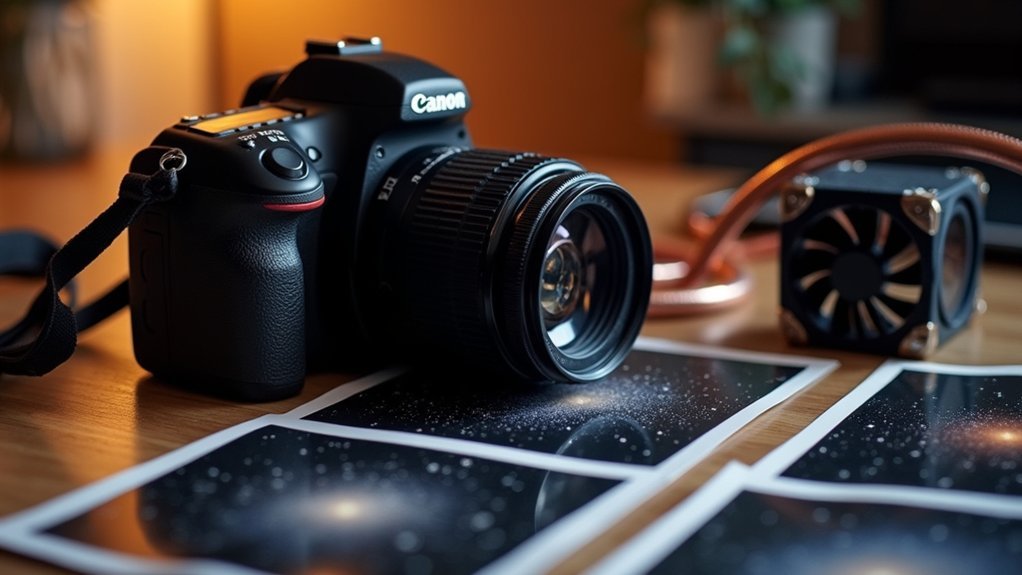
You’ll find that Peltier devices offer an accessible way to reduce your DSLR’s sensor temperature by 20-30°C, requiring only a 12V power supply, aluminum heat sink, and basic wiring skills.
If you’re seeking an even simpler approach, strategically mounting ice packs against your camera’s body can provide short-term cooling during extended exposure sessions.
Whichever method you choose, always monitor your camera’s internal temperature using thermal sensors to prevent condensation issues that could damage your equipment.
Peltier Device Basics
Enthusiasts seeking budget-friendly solutions for reducing thermal noise in astrophotography can turn to Peltier devices as an effective option.
These thermoelectric coolers create temperature differentials of up to 35°C below ambient temperature when electrical current passes through them. For ideal peltier cooling performance, you’ll need to guarantee proper thermal contact between the device and your DSLR camera body.
- Power requirements typically range from 12V to 15V, so you’ll need a suitable power source for your imaging sessions.
- Adding a fan to dissipate heat from the hot side markedly improves overall cooling efficiency.
- Proper mounting guarantees maximum thermal transfer, essential for achieving the temperature drops needed to reduce noise in your dark frames.
Ice Pack Mounting
While dedicated cooling systems may be out of reach for many hobbyists, ice pack mounting offers an incredibly cost-effective alternative for reducing thermal noise in your DSLR astrophotography.
This DIY approach involves securing frozen ice packs to your camera body using a simple mounting platform that doesn’t obstruct your controls. You’ll notice a significant drop in sensor temperature—often several degrees Celsius—which directly translates to cleaner dark frames with less noise.
Remember to monitor your ice pack temperature throughout your imaging session, as cooling efficiency decreases as the pack warms up. You might need replacements during extended shoots.
Though not as powerful as peltier systems, this budget-friendly solution still delivers impressive results when properly implemented. The improvement in your dark frames will be immediately noticeable, especially during warm nights when thermal noise is most problematic.
Creating an Effective Dark Frame Library at Various Temperatures
Because temperature greatly impacts thermal noise in astronomical imaging, establishing an extensive dark frame library at various temperatures is essential for precise calibration.
You’ll need to capture at least 15 dark frames for each combination of exposure time and gain setting to effectively reduce noise in your images. Since sensor aging affects noise characteristics, refresh your library every six months.
- Take dark frames at the same temperature as your light frames to guarantee accurate noise profile matching.
- Organize your library by temperature, exposure length, and gain settings for quick access during processing.
- Store your dark frames separately from light frames to prevent confusion when batch processing.
Your dark frame library can be reused for up to a year if environmental conditions remain consistent, saving time during future imaging sessions.
Seasonal Considerations for Camera Cooling Strategies
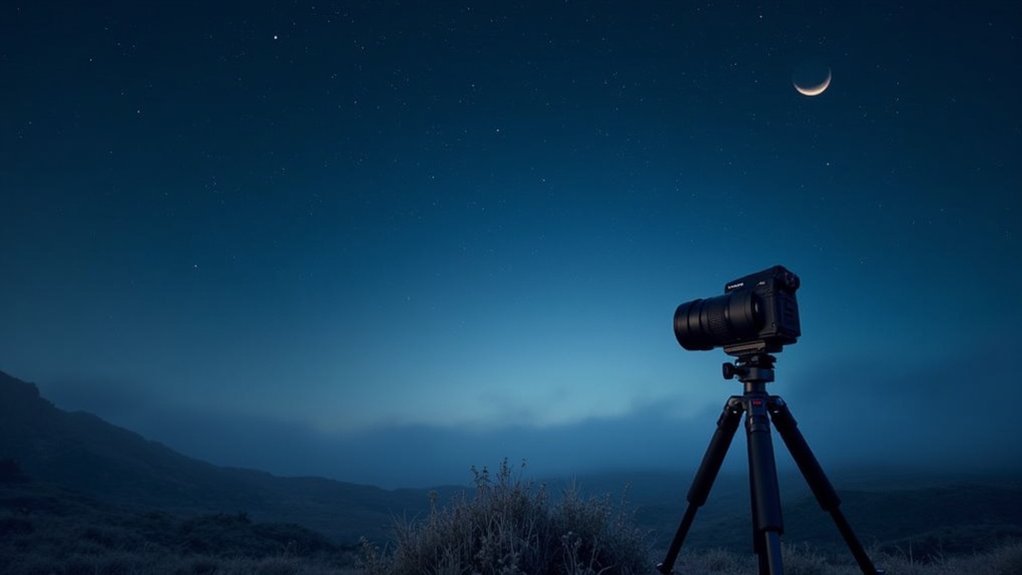
As seasons change throughout the year, your camera cooling strategy must adapt accordingly to maintain consistent image quality.
You’ll notice your cooled camera performs more efficiently during winter months when lower ambient temperatures reduce the cooling system’s workload and minimize thermal noise.
During warmer seasons, consider implementing additional cooling measures like air conditioning to stabilize your camera’s environment.
It’s crucial to refresh your dark frames library every six months to account for these seasonal variations.
You should actually maintain separate dark frame collections for different seasons, as temperature and humidity fluctuations greatly impact your sensor’s thermal characteristics.
Balancing Power Consumption and Cooling Efficiency
You’ll face vital battery life trade-offs when cooling your camera during extended astrophotography sessions, as every degree of cooling demands significant power.
Modern heat management systems offer variable cooling settings that let you find the sweet spot between noise reduction and power conservation.
For truly remote imaging, consider specialized portable cooling solutions that incorporate efficient heat sinks or even phase-change materials to maximize your time under the stars.
Battery Life Trade-offs
When balancing power consumption and cooling efficiency in astrophotography, you’re steering a crucial compromise. The battery life trade-offs require careful consideration—while cooled cameras reduce thermal noise and potentially need less power for post-processing, the cooling system itself demands significant energy.
Your experience will vary based on environmental conditions:
- In cooler ambient temperatures, your cooling system works less, extending battery life while maintaining image quality.
- External power supplies or dedicated battery packs can offset the drain from continuous cooling operation.
- Cameras like the ASI533 allow longer exposures without overheating, which may justify the increased power consumption.
The key is finding your sweet spot where cooling benefits outweigh power demands, especially when shooting in remote locations without easy access to power sources.
Heat Management Systems
Efficient heat management systems represent the core technology behind successful astrophotography cooling solutions.
At their heart, Peltier elements create temperature differentials that effectively reduce thermal noise during long exposures. You’ll find that a system’s effectiveness is measured by its DeltaT—how much cooler the sensor can get compared to ambient temperature—with premium models achieving up to 35°C reduction.
When capturing dark frames, maintaining consistent sensor temperatures is critical. The cooling system must balance power consumption with noise reduction: too much cooling drains batteries quickly, while insufficient cooling compromises image quality.
This is why set point temperature controls are invaluable, allowing you to specify and maintain ideal cooling levels. By finding this balance, you’ll capture dark frames that accurately reflect your sensor’s noise profile, resulting in cleaner final images.
Portable Cooling Solutions
Designed specifically for field work, portable cooling solutions represent a critical advancement for astrophotographers who need dark frame capture away from power outlets.
Modern Peltier-based systems cool camera sensors effectively while consuming less than 60 watts, making them compatible with battery-powered setups during extended imaging sessions.
When selecting a portable cooling system, you’ll want to evaluate the balance between cooling capacity and power consumption, aiming for a 20-30°C temperature reduction below ambient conditions.
- Lightweight, compact designs facilitate easier transport to remote imaging locations
- Thermal insulation enhancements maximize cooling efficiency without increasing power usage
- Advanced heat dissipation mechanisms guarantee consistent camera sensor temperatures during critical dark frame acquisition
These innovations enable you to capture high-quality dark frames anywhere without compromising battery life or cooling performance.
Frequently Asked Questions
Do You Need a Cooled Camera for Astrophotography?
No, you don’t need a cooled camera for astrophotography, but it’s helpful. Cooling reduces thermal noise during long exposures, giving you cleaner images with less processing work, especially for deep-sky objects.
Why Do Cameras Need Cooling?
You’ll need camera cooling to reduce thermal noise during long exposures. It minimizes read noise, maintains consistent image quality, and decreases hot pixels—resulting in clearer, cleaner astrophotography with better signal-to-noise ratios.
How to Take Dark Frames in Astrophotography?
To take dark frames, cover your camera lens completely, use the same settings as your light frames, and shoot 15-30 exposures. You’ll want to maintain consistent temperature throughout to guarantee proper noise calibration.
Are Flat Frames Temperature-Dependent?
Yes, flat frames are temperature-dependent. You’ll want to take them at the same temperature as your light frames to guarantee accurate calibration, as sensor response changes with temperature and can affect your calibration results.
In Summary
You’ve seen how camera cooling markedly improves your dark frames by reducing thermal noise. Whether you’re using dedicated cooling systems or DIY solutions, maintaining consistent low temperatures will give you cleaner calibration frames and better final images. Remember to build your dark frame library at various temperatures, and you’ll be rewarded with considerably higher signal-to-noise ratios in your astrophotography. The effort you put into cooling is always worth it.
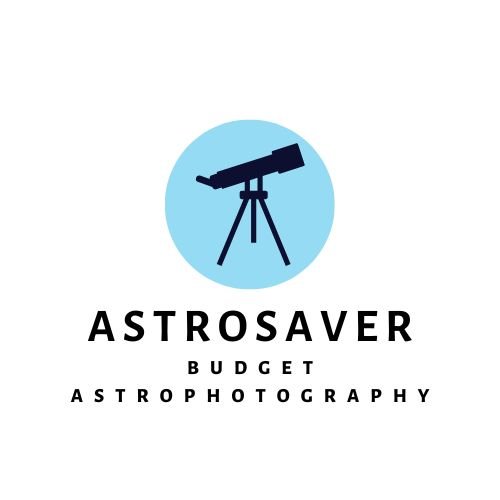
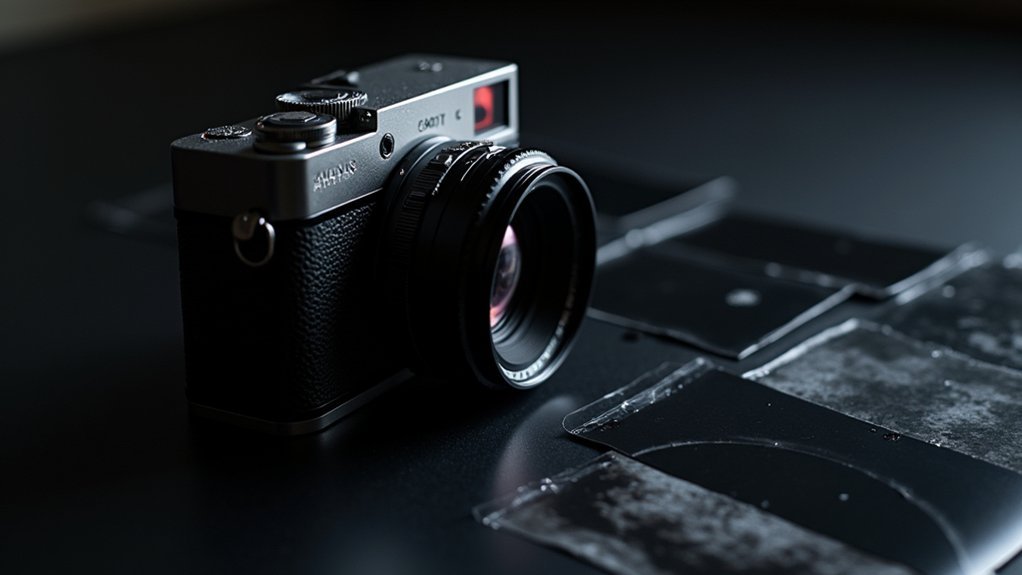
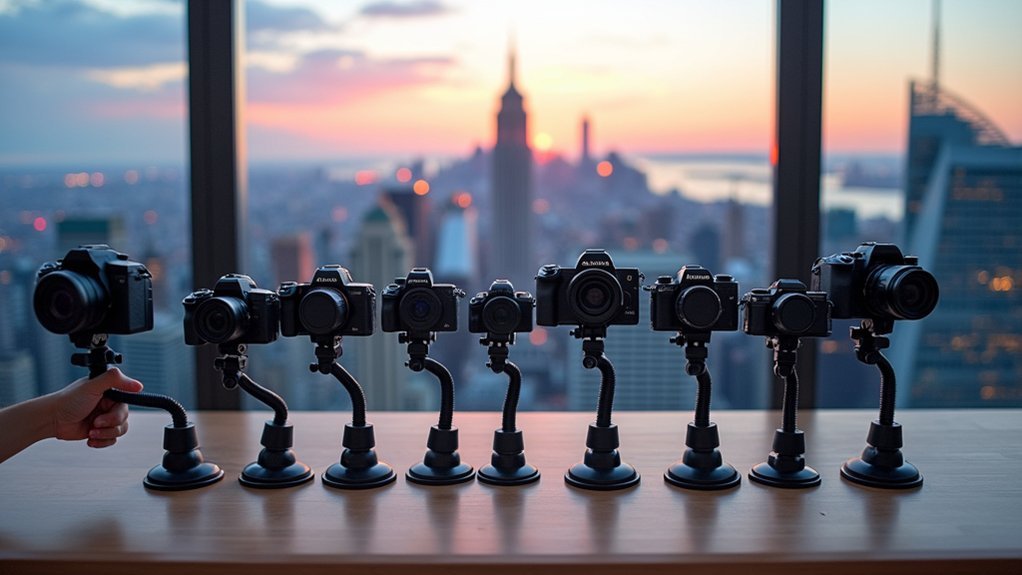

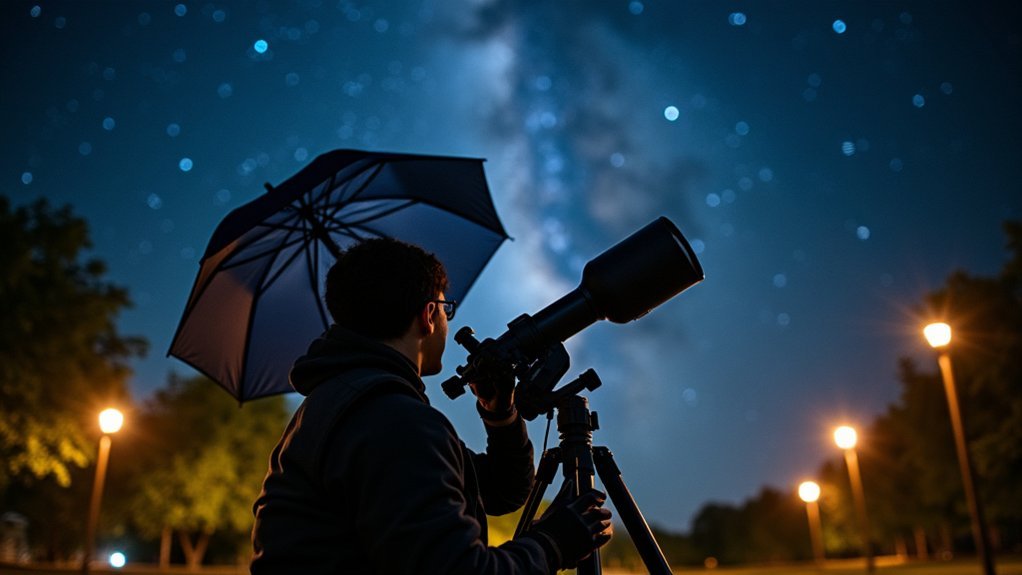
Leave a Reply